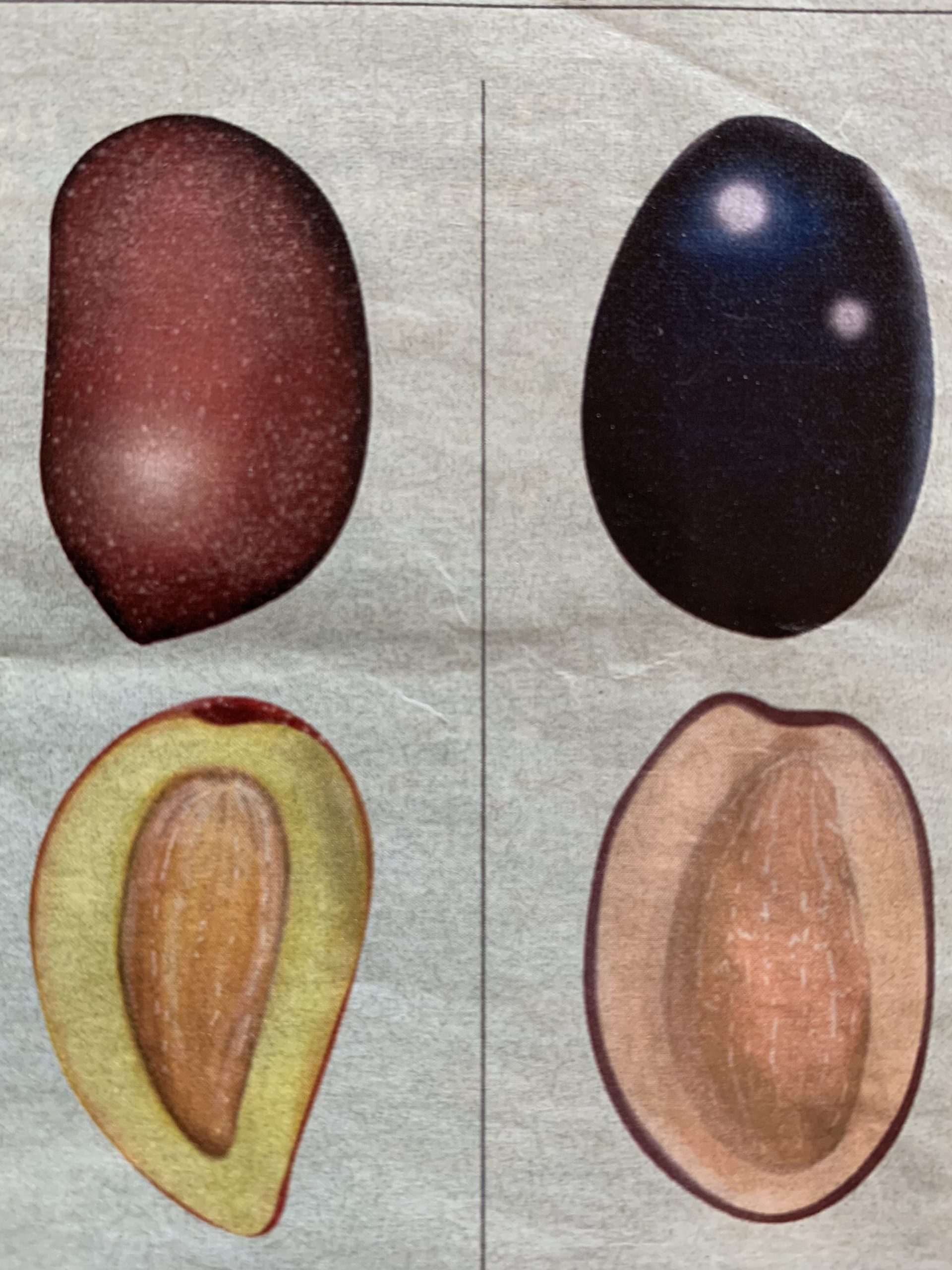Olive Oil Properties
Olive oil is a symbol of healing, too. It has always been considered to have medicinal properties, many of which have nowadays been proven: it promotes shiny hair and healthy nails, and is used to help with earache and dry skin. It boosts the digestive and immune systems and aids function of the metabolic and circulatory (by reducing low density cholesterol) systems. Also, it is loaded with antioxidants, omega fatty acids, vitamin E and has anti-inflammatory properties.
Olive oil is a key element of Mediterranean diet and food preservation, and inhabitants of the Mediterranean countries enjoy one of the lowest incidences of chronic illnesses in the world (though this is changing in recent years, partly due to changes in diet). Olive oil is a symbol of longevity, resistance, renovation, prosperity, and fertility due to the tree’s abundance of flowers and fruits. After all, it is no coincidence that life expectancy in this region is also one of the highest in the world. Oil is also used to make soaps, ointments, essences, etc. These trees withstand adverse conditions and to this day an olive tree twig is placed in the main door of many homes to keep evil spirits away.
Different olives, different flavors
Hundreds of olive tree varieties exist, spread throughout the Mediterranean basin. These are the most widely-spread ones in Spain:

Arbequina: Its oil is soft, delicate, and fruity, with scents and taste of apple. Barely bitter or sharp, it oxidizes quickly. It is cultivated mainly in the regions of Catalunya and Aragón but grows also in other regions of Spain.
Picual: This variety produces powerful, green-colored oils that have a strong personality and are more intense and fuller-bodied than most. Very fruity and bitter, with spicy long-lasting touches, and an intense and very complex green olive flavor with notes of green apple, grass, citrus, and tomato. This variety makes up for half of Spain’s production and is predominant in Andalusia. It is very much appreciated due to its early harvest.
Hojiblanca: This oil is deep green with fruity and fresh herbal scents and very nice taste. Slightly sweet at the beginning and bitter and spicy at the end. It is cultivated mainly in the provinces of Málaga, Seville and Córdoba.
 Cornicabra: Also known as Cornezuelo (ergot) for the olive’s elongated and curved shape. It produces yellow-greenish oils that are freshly scented, sweet, moderately bitter, and piquant. Mostly grown in the province of Toledo and some other parts of central Spain.
Cornicabra: Also known as Cornezuelo (ergot) for the olive’s elongated and curved shape. It produces yellow-greenish oils that are freshly scented, sweet, moderately bitter, and piquant. Mostly grown in the province of Toledo and some other parts of central Spain.
Empeltre: Its golden colored oil is very aromatic and particularly pleasant due to its sweet and delicate flavor. This variety is typical of the Aragón region, though it also grows in other areas.
Picudo: Its oil smells of apples and green almonds, and has a balanced taste, with a peculiar sweetness that stands out above its bitterness and spicy touches. It is cultivated particularly in the townships of Baena and Priego de Córdoba, in the province of Córdoba.
Blanqueta: its name means “little white one”, this olive produces very fine and aromatic oils that are fruity –with notes of green tomatoes and almonds–, sharp and slightly bitter. Grown in Valencia and Murcia.
Royal: It yields high quality oil that is fresh, sweet-scented, and very soft tasting. However, cultivation is declining due to its complex harvesting. The variety is native to the Sierra de Cazorla, in the province of Jaén.
Arbosana: Its oil is aromatic, soft, and fruity. It is one of the oldest varieties in Spain and has been traditionally cultivated in Catalunya, where it is currently being recovered after nearly disappearing.
Terminology
You might have come across some specific words of the olive oil jargon, perhaps while reading a bottle label! Here’s what they each mean:
Extra Virgin: The best quality oil, obtained from perfect looking olives, have impeccable taste and smell and are free of any defects. Cold extraction takes place at temperatures below 27ºC, given that fewer volatile substances – the components responsible for scent and aroma – disappear at lower temperatures. Low temperatures also reduce oxidation speed of the olive paste, allowing for decreased acidity and better quality. With extra virgin oil, less quantity of oil is extracted from the olives, but the oil obtained is of greater quality. Oils with a Protected Designation of Origin label have a maximum acidity of 0,3º.
Virgin: Obtained in an almost identical procedure as the extra virgin oil. The main difference lies in that the olives used present slight defects which, though basically unnoticeable for consumers, yield slightly lower quality oil.
Refined: This oil is obtained from damaged, overly ripe, or lower quality olives, and is chemically treated to clean the aroma, taste or color and then mixed with a small fraction of virgin oil.
Acidity: It is a mistake to believe that low acidity stands for smooth oils and high acidity for intense oils. In fact, acidity doesn’t affect taste. Moreover, low acidity indicates that the oil has been produced with perfect olives and ground at low temperatures soon after harvest.
Color: Color should also not be used as an oil quality indicator. For instance, intense green oil typically comes from olives that have been harvested early in the season, when they are still green.
